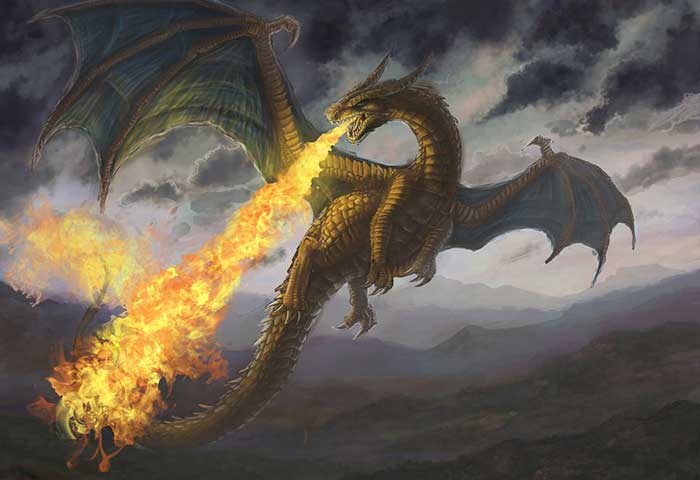[ad_1]
Having recently been shocked to find my eyesight compromised by a sporting injury it has highlighted more than one visual issue artists have to contend with…
1. The ability to see at all – otherwise described as blindness
2. Short-term damage that results in poor focus and fuzzy vision
3. Other regular optical complaints – short sight, long sight, color blindness & etc.
To some degree everyone, even those artists classified with perfect vision, see the world differently from another person whose eyes are in similar health. Even if you were perfect identical twins the likelihood is that you would see the world slightly differently from each other.
- Some of what separates us from each other is the way our minds work.
- Some of what we see depends upon our moods and interests.
Not only this but if you are a tall person standing looking over the heads of a crowd you will see events differently from someone who is shoulder height to you…
“You will tell a different story”
As far as interests go you are more likely to produce your best artwork if you are keen on what you paint and draw. So, if you want to create a self-portrait…
“Why not go for it!”
If, however, you dread the thought of producing your own likeness in oils on canvas… “Don’t even consider doing it.” Perhaps you would be more interested in trying to capture the rays of sunlight as they pass through a waterfall forming the colors of a rainbow.
Each and every person is unique and this should mean that every piece of art produced should show their distinct individuality…
How this might show is that the short-sighted may be better in revealing the impression of aerial perspective for landscape scenes. Quite simply, if you have this so-called affliction you just cannot see the detail of distant hills so you will not paint it. This allows you to concentrate on foreground and subject. The resulting painting will easily give a rational sense of range.
In the same situation those being more able to see distant detail will be tempted to draw what they see. This isn’t necessarily good for a well balanced painting in that it seems to bring distant objects forward, thus appearing to flatten the overall view. This is no problem if that is what you want to do but it will need to be compensated for if you are trying to work traditionally.
However, if you are long-sighted there is a way to overcome the temptation to overwork your drawings and paintings…
Look at the scene through half-closed eyes. This compensates by reducing what you can see and by doing so it is less likely that you will add too much distant detail, thus regaining the balance a landscape painter might wish to achieve.
So, in summary, even with good healthy eyesight your vision will be different from another person standing inches away from you…
“You should draw and paint your own vision of what you see, think and feel”
Whatever the normal rules of art can be ignored if you choose. So, you should paint what you see, unless you want to obey conventional perspective rule. You can also ignore them if it spoils what you are trying to show or the story you want to tell. It is most important that you are true to your own vision.
[ad_2]
Source

